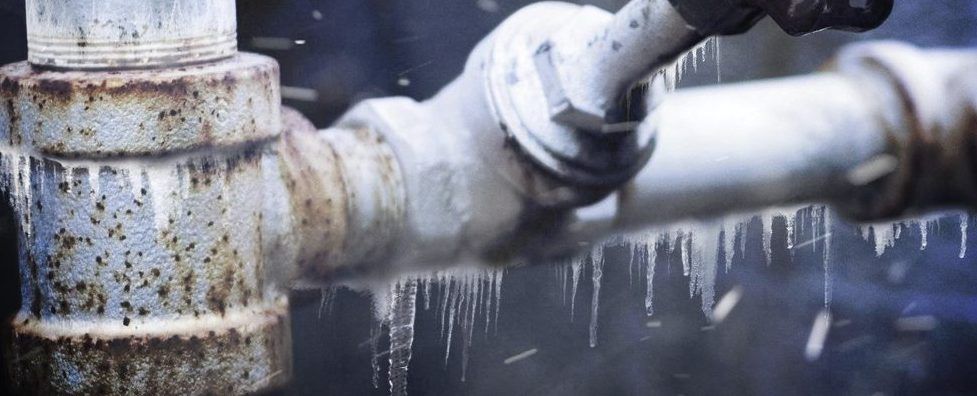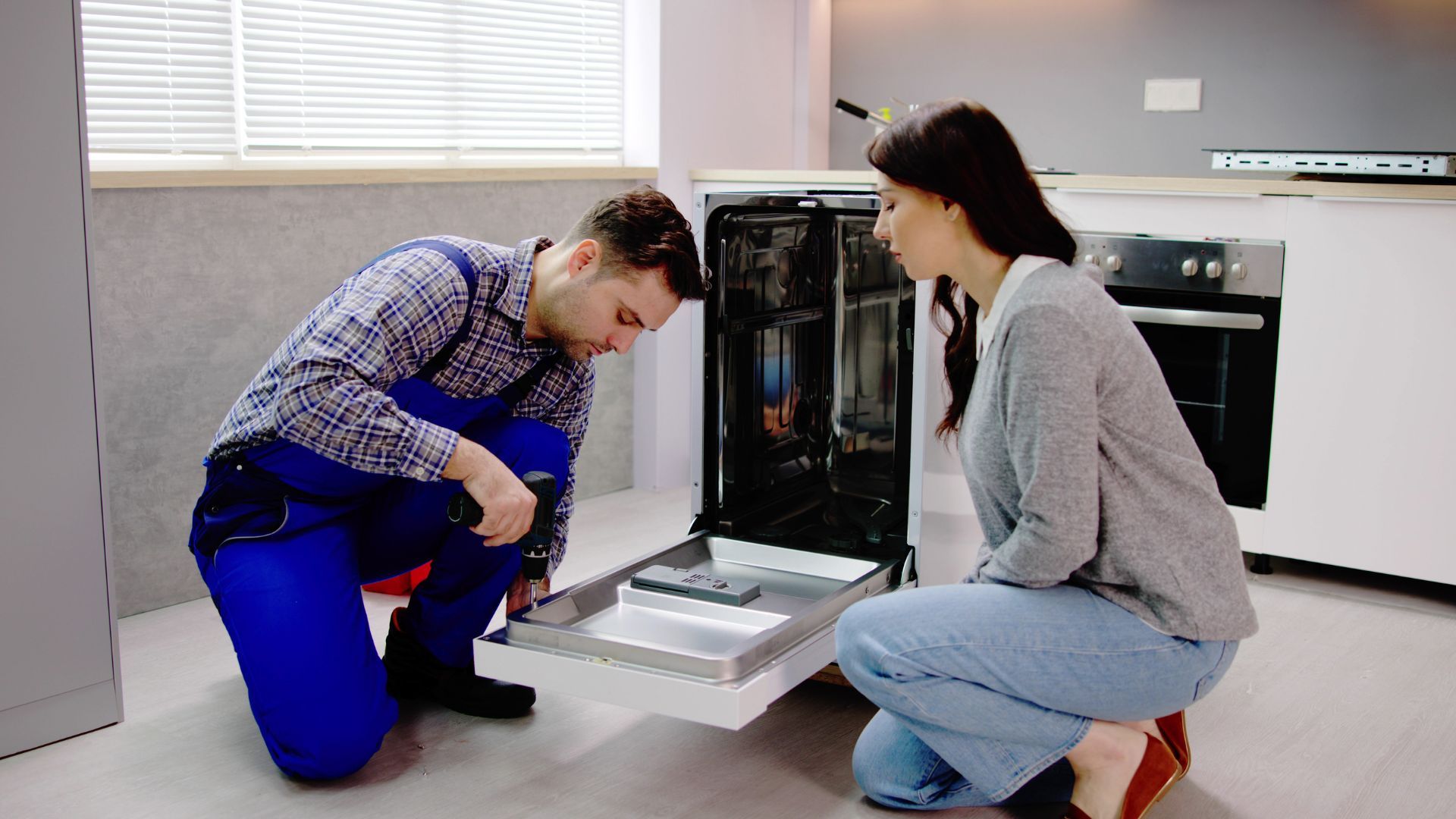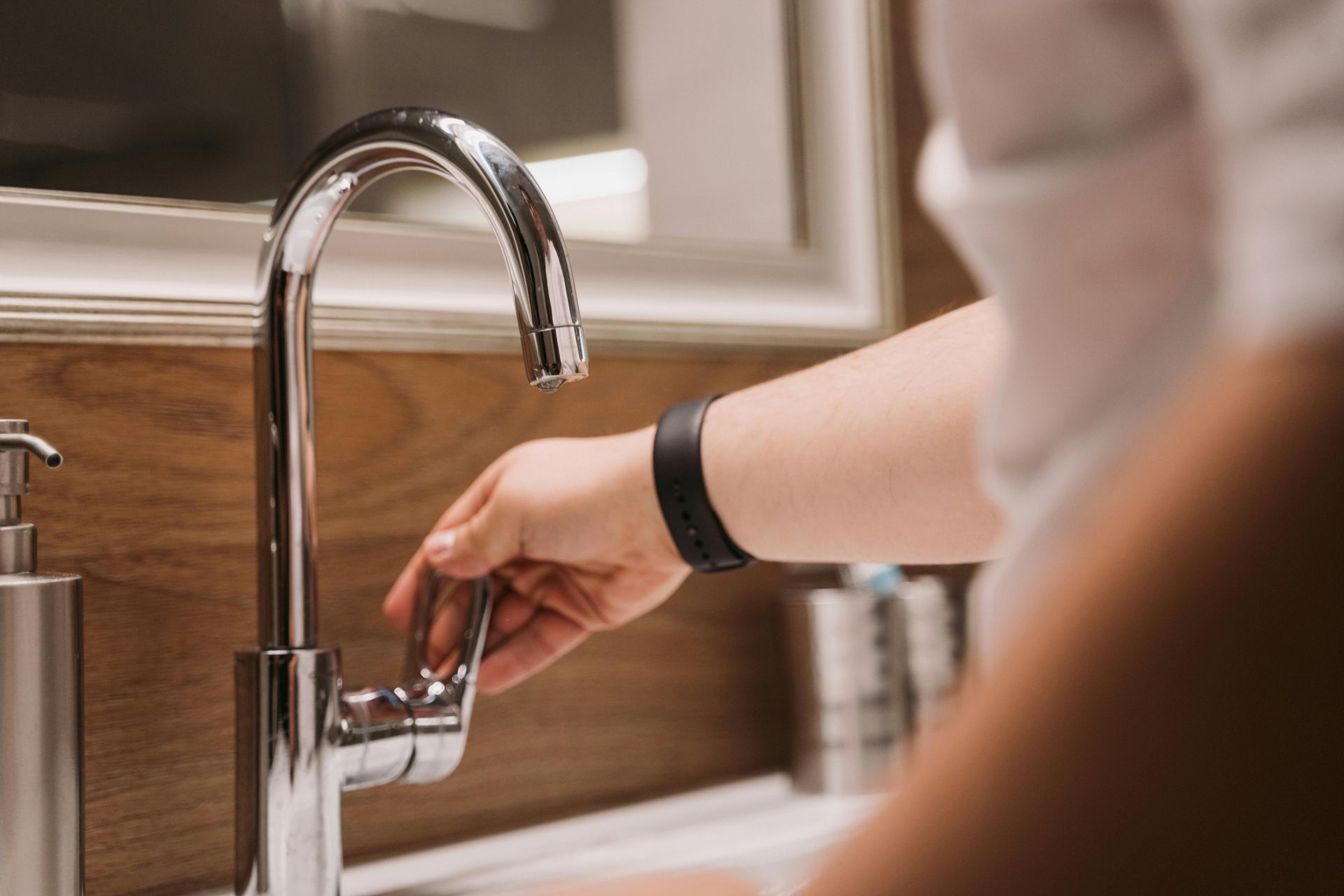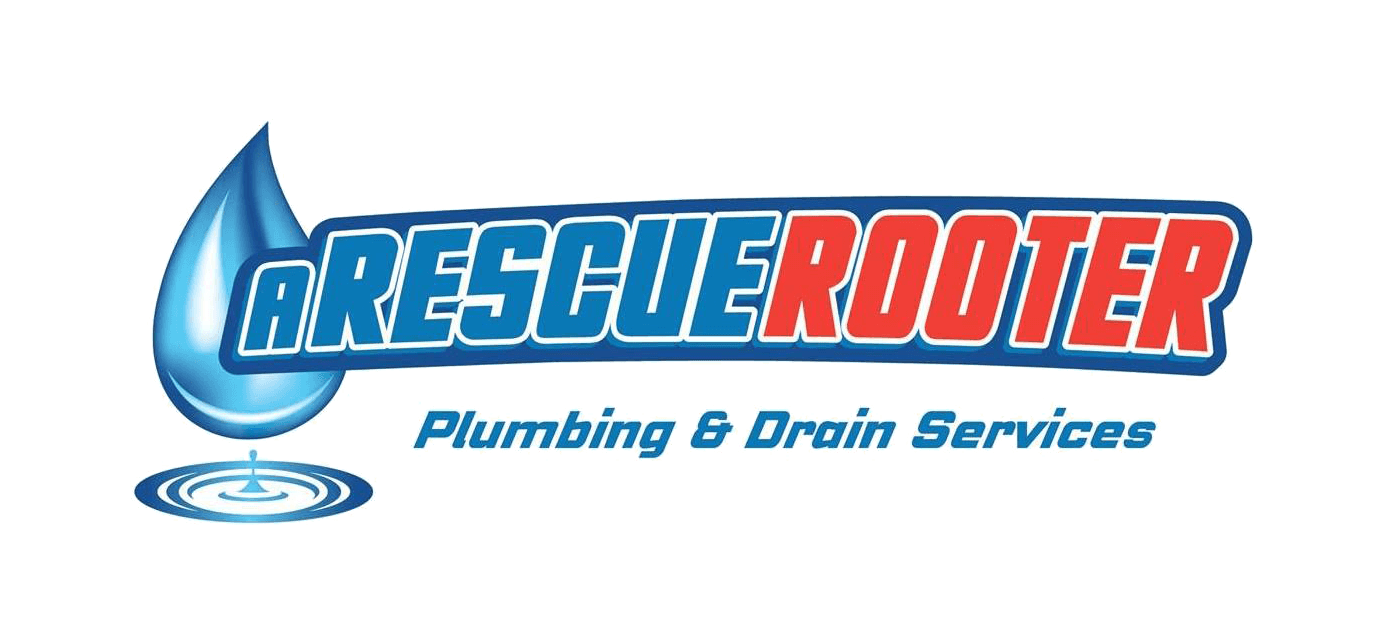My Pipes are Frozen!
How to deal with frozen pipes

Frozen pipes are every homeowner's winter nightmare. Not only can they restrict access to essential water, but they can also lead to burst pipes and costly repairs if not addressed quickly. While Southern Ontario winters can be relentless, knowing the right steps to take can save you from significant damage and stress.
Here’s a guide to help homeowners, renters, and DIY enthusiasts tackle frozen pipes safely and effectively.
How to Identify Frozen Pipes
The first step is recognizing the problem. Here are common signs your pipes might be frozen:
- No Running Water: If you open a faucet and nothing (or just a trickle) comes out, the pipe feeding that faucet may be frozen.
- Frost on Pipes: Visible frost or ice on exposed pipes is a red flag.
- Unusual Sounds: Bubbling, whistling, or clanking sounds in pipes could indicate blockages caused by ice.
- Strange Odors: A backup of odors in your home might signal that a frozen pipe is obstructing proper drainage.
What to Do if Your Pipes Freeze
Dealing with frozen pipes promptly is critical, but it’s important to take the right precautions to avoid further damage.
1. Turn Off the Water Supply
Before you do anything else, locate your home's main water shut-off valve and turn it off. This step helps prevent water from bursting out if the pipe cracks or thaws unexpectedly.
2. Locate the Frozen Section
Check exposed pipes in your basement, crawl spaces, and under sinks. If the frozen section is behind walls or out of sight, you may need to call in a professional plumber to avoid damaging your home while accessing the pipe.
3. Open Faucets
Open the faucet connected to the frozen pipe slightly. This allows water to flow out as the ice melts, alleviating pressure inside the pipe.
4. Apply Gentle Heat
Never use an open flame or high heat source, as this can damage pipes or cause a fire. Instead, opt for safer methods:
- Use a hairdryer to apply gentle heat to the frozen area.
- Wrap the pipe in warm towels soaked in hot water, reapplying as needed.
- Use an electric heating pad or infrared lamp aimed at the frozen section.
Start from the faucet and work your way toward the frozen area to ensure melted ice can drain out.
5. Call a Professional
If you’re unable to locate or thaw the frozen pipe—or if the pipe is already cracked—contact a professional plumber at A Rescue Rooter immediately. Companies like A Rescue Rooter specialize in resolving issues like these quickly and safely, minimizing potential damage to your home.
How to Prevent Frozen Pipes
Being proactive can save you time and money down the road. Here’s how to protect your pipes during the colder months:
- Insulate Pipes: Wrap exposed pipes in insulation sleeves or heat tape to keep them warm.
- Seal Gaps: Caulk and seal any cracks or holes in your home's walls, floors, or foundation to prevent drafts.
- Leave Faucets Dripping: On freezing nights, leave faucets dripping slightly to keep water moving through your pipes and reduce the risk of freezing.
- Keep Your Home Warm: Maintain a consistent indoor temperature, even when you're away, and keep your thermostat at 55°F (around 13°C) or higher.
- Open Cabinet Doors: Allow warm air to circulate around pipes under sinks and in cabinetry by keeping the doors slightly open.
When to Call A Rescue Rooter
If you’re dealing with frozen pipes—or want to ensure your home is winter-ready—A Rescue Rooter in Southern Ontario is here to help. Whether it’s thawing frozen pipes, repairing a burst, or preventative maintenance, our team of experienced professionals has you covered.
Freezing temperatures can be daunting for homeowners and renters alike, but quick action and the right help can make all the difference. Don’t wait until the problem worsens—reach out to A Rescue Rooter today to safeguard your home during the cold months.
Need Help Now?
For emergency frozen pipe services, contact A Rescue Rooter at 905-521-8284. Your peace of mind is just a call away at anytime without a Premium Charge.






